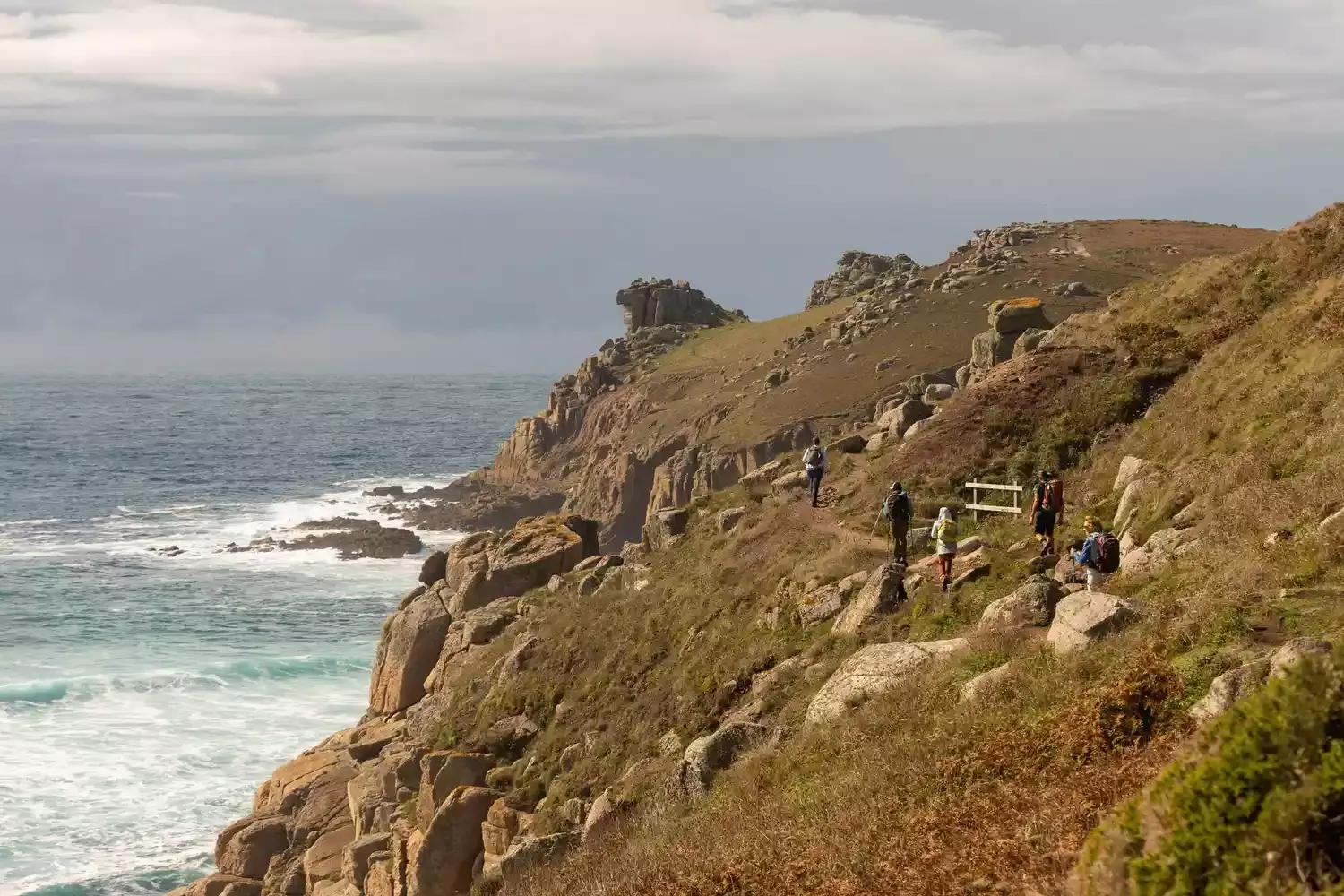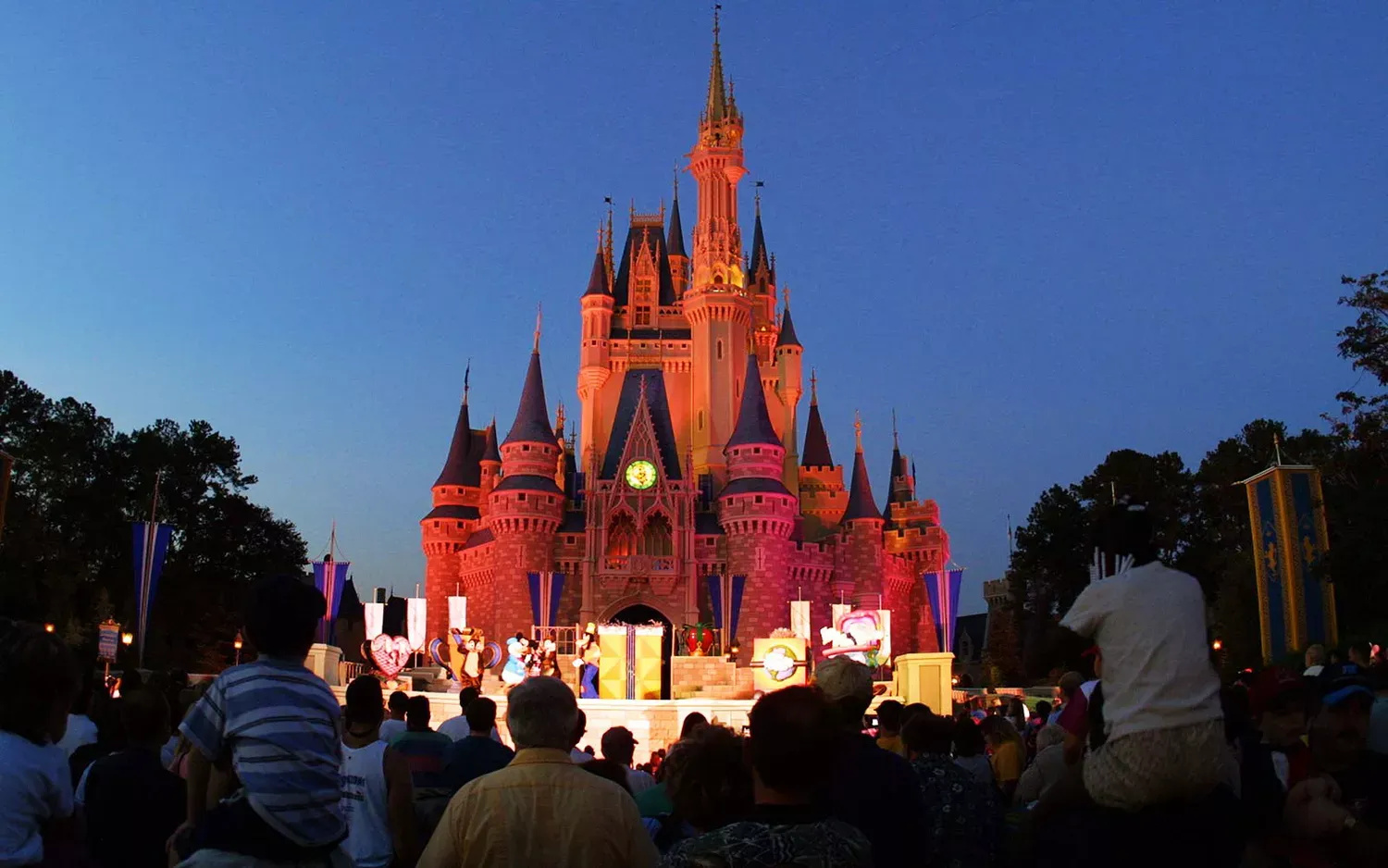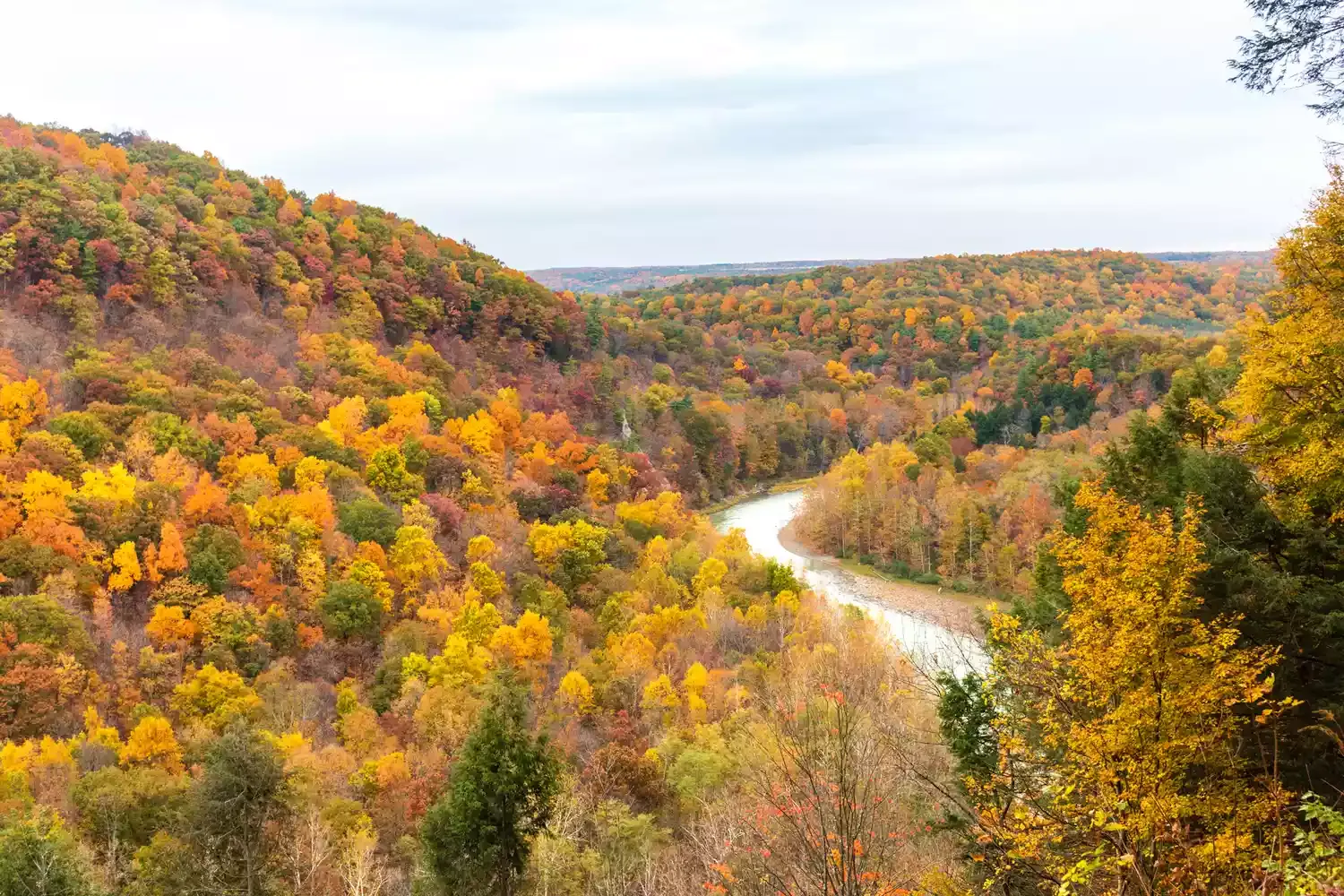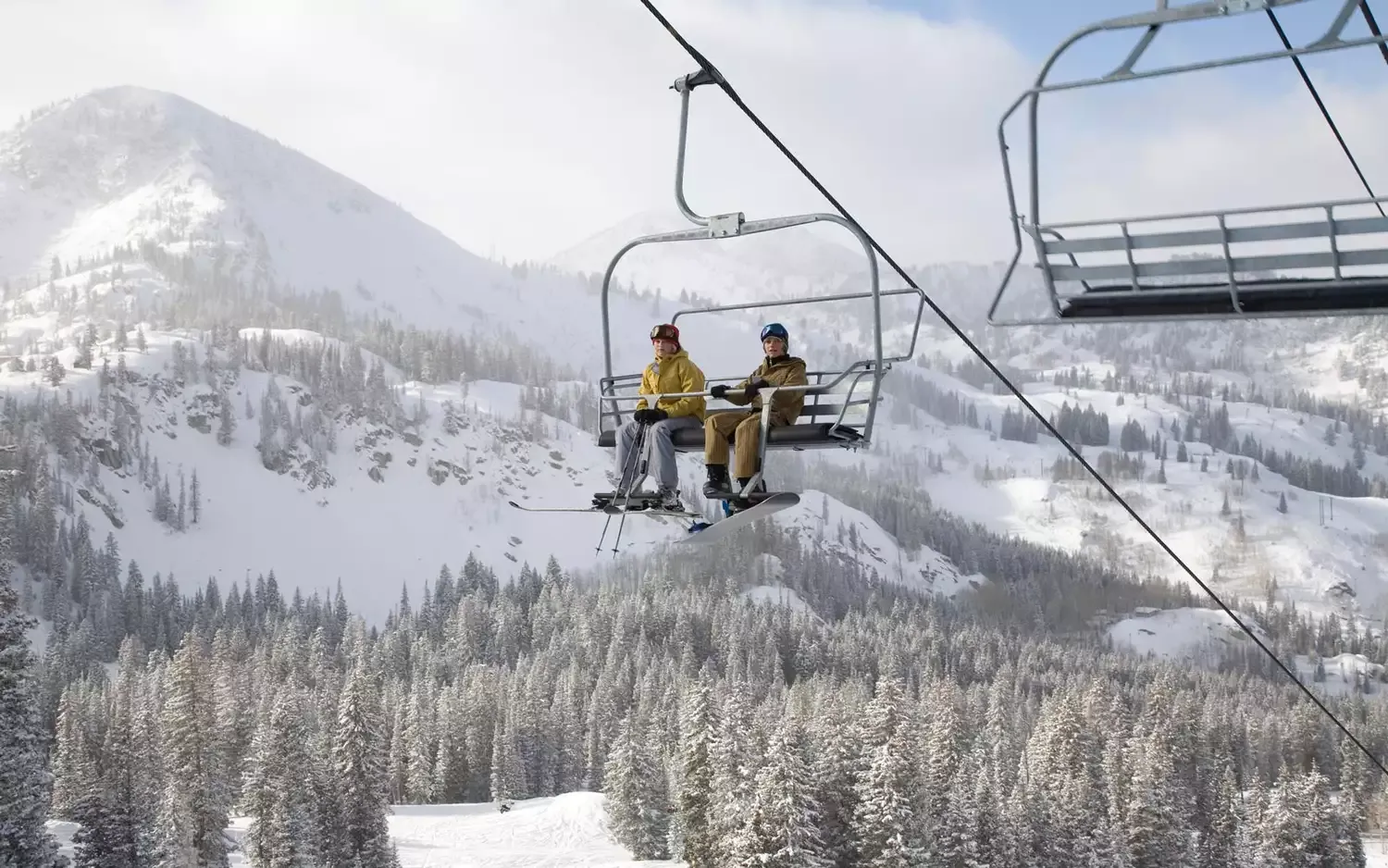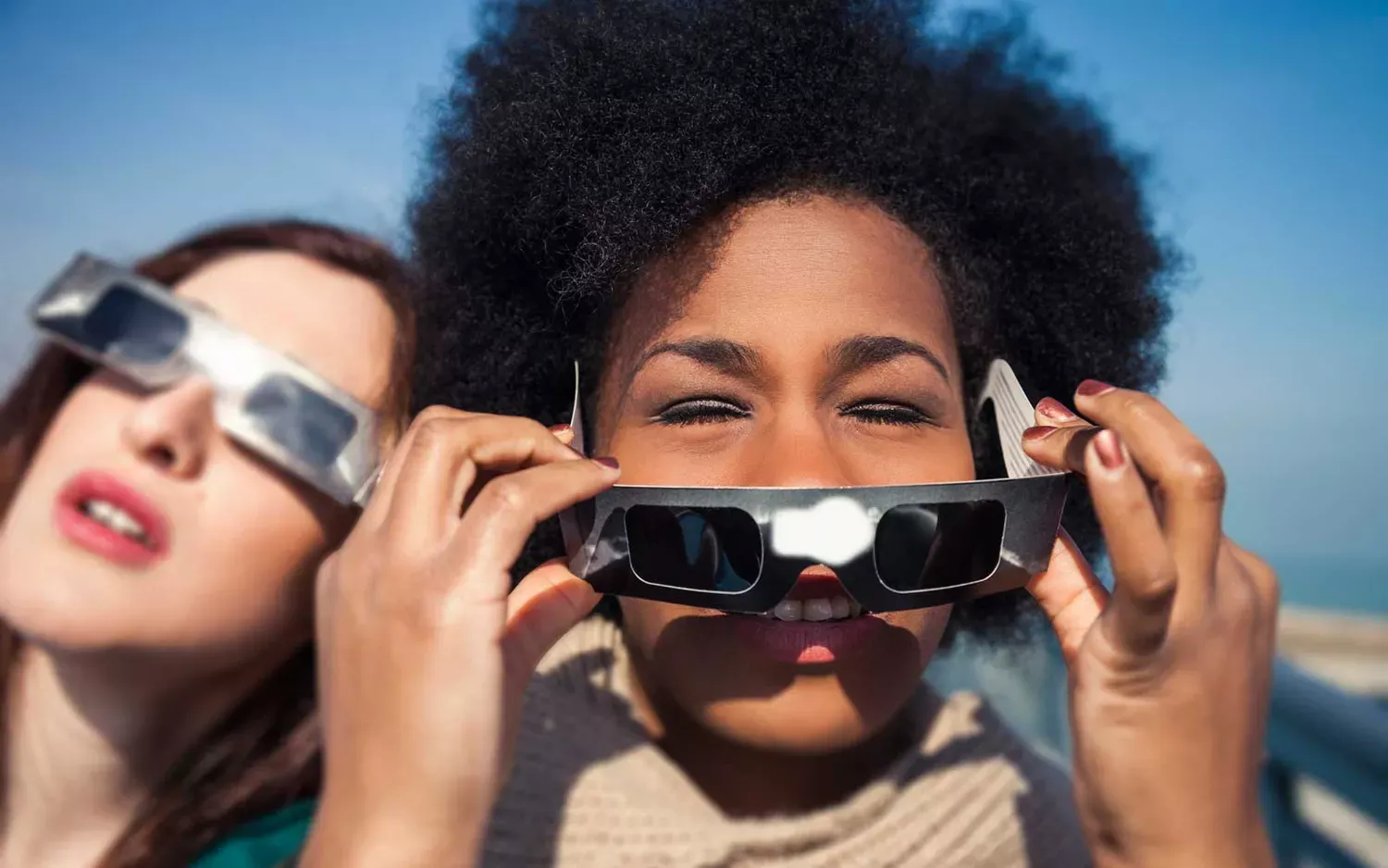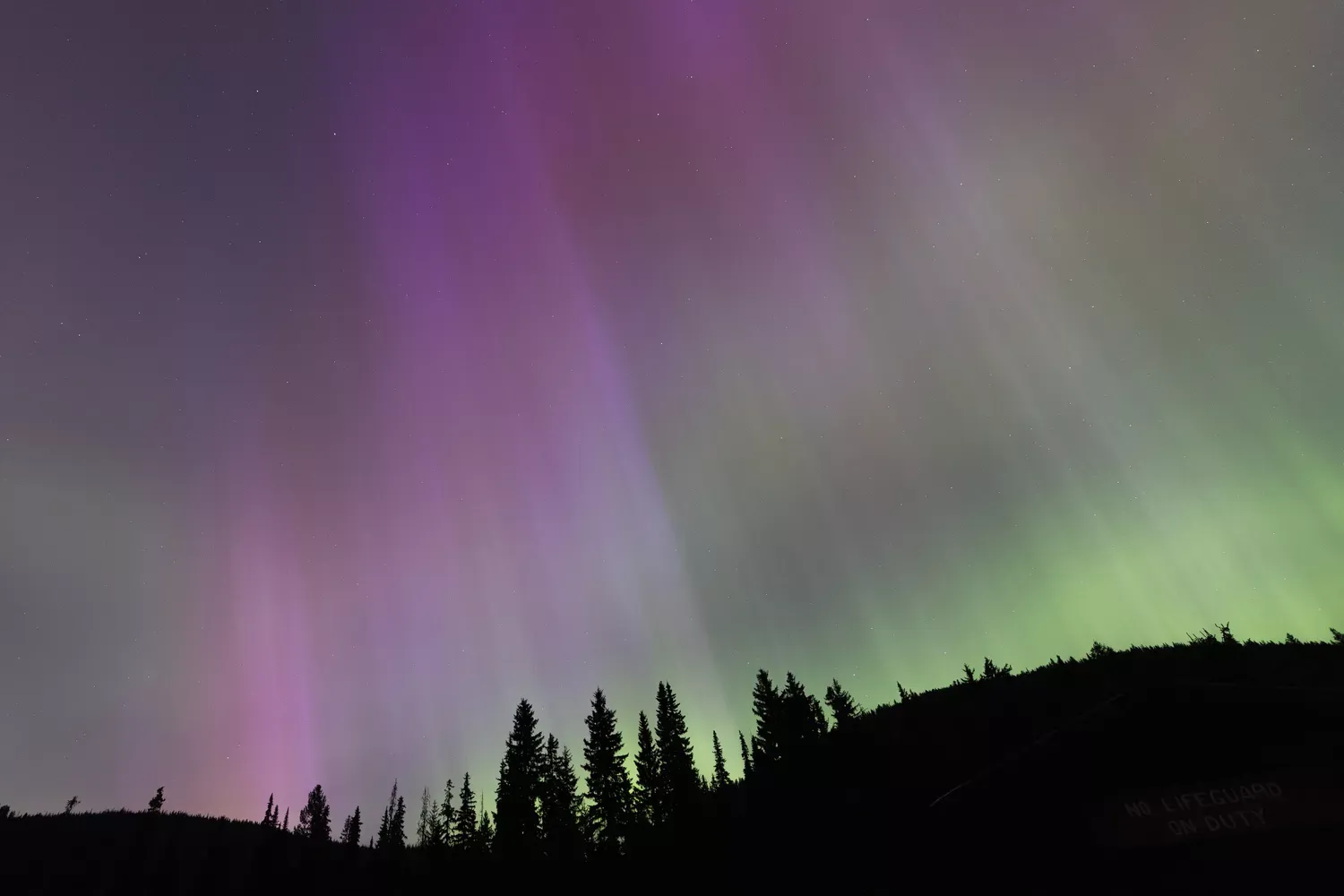
Exciting news for aurora enthusiasts! Recent solar flare activity may make the Northern Lights visible further south than usual. Tonight and throughout the week, keep an eye on the night sky. Prime viewing conditions require dark locations with minimal light pollution. Use a geomagnetic storm forecast to predict the best times to witness this spectacular celestial display.
Why This Week is Different
The Northern Lights are usually confined to the higher latitudes, closer to the Arctic Circle. However, solar activity fluctuates, and when the sun unleashes a powerful solar flare or coronal mass ejection (CME), it sends a surge of charged particles hurtling towards Earth. When these particles interact with our planet's magnetic field and atmosphere, they create the stunning light show we know and love.
This week, a combination of factors is contributing to the heightened aurora potential. Several CMEs are predicted to reach Earth, resulting in a stronger geomagnetic storm. This means the aurora oval, the area where the Northern Lights are most frequently visible, is expected to expand southward. This expansion significantly increases the possibility of seeing the aurora from locations that are typically too far south.
When and Where to Look
The best time to view the Northern Lights is generally during the darkest hours, typically between 10 PM and 2 AM local time. You'll want to find a location with minimal light pollution. Get away from city lights, streetlights, and other artificial sources of illumination. The darker your surroundings, the better your chances of spotting the aurora.
While the forecast indicates increased activity, visibility isn't guaranteed. Cloud cover is a major factor. Check your local weather forecast for clear skies. Patience is also key. The Northern Lights can be fickle, appearing and disappearing sporadically. Don't give up if you don't see anything immediately; keep watching the sky.
If you live in the northern tier of states in the US (Washington, Montana, North Dakota, Minnesota, Wisconsin, Michigan, New York, Maine), or southern Canada, you have a higher chance of seeing the Northern Lights. However, with a strong geomagnetic storm, sightings even further south are possible. Keep an eye on aurora forecasts and reports from other observers in your region.
Understanding the Aurora Forecast
Several websites and apps provide aurora forecasts. These forecasts use data from satellites and ground-based observatories to predict geomagnetic activity levels, often expressed as a Kp index. The Kp index ranges from 0 to 9, with higher numbers indicating stronger geomagnetic storms and a greater chance of seeing the aurora at lower latitudes.
A Kp index of 5 or higher is generally considered a geomagnetic storm. During a G1 (minor) geomagnetic storm (Kp=5), the Northern Lights might be visible from northern locations. As the Kp index increases, the aurora oval expands southward, making it visible from more southerly latitudes. Keep in mind that these are just predictions, and actual conditions can vary.
Tools and Resources to Help You See the Lights
Here are some valuable resources to help you track aurora activity and increase your chances of witnessing the Northern Lights:
Resource |
Description |
|---|
SpaceWeatherLive |
Provides real-time solar activity data, including Kp index forecasts, solar wind speed, and other relevant information. Often includes expert analysis of current conditions. |
NOAA Space Weather Prediction Center |
The official source for space weather forecasts from the National Oceanic and Atmospheric Administration (NOAA). Offers a range of products and services, including aurora forecasts, geomagnetic storm warnings, and solar activity reports. |
Aurora Forecast Apps |
Many mobile apps provide aurora forecasts and alerts, often with customizable notifications based on your location and desired Kp index threshold. Some apps also include maps showing the predicted aurora oval. |
Social Media |
Follow aurora-related hashtags and accounts on social media platforms like Twitter and Instagram. This can be a great way to get real-time updates and see photos from other observers in your area. Searching for the hashtag NorthernLights or AuroraBorealis is a good start. |
Tips for Capturing the Perfect Photo
If you're hoping to photograph the Northern Lights, here are a few tips:
Use a camera with manual settings: This allows you to control the shutter speed, aperture, and ISO.
Use a wide-angle lens: This will capture more of the sky.
Use a tripod: This is essential for long exposures.
Set a wide aperture (low f-number): This will allow more light to enter the camera.
Increase the ISO: Start with a low ISO and gradually increase it until you get a good exposure. Be careful not to increase it too much, as this can introduce noise.
Use a long shutter speed: Experiment with different shutter speeds, starting with a few seconds and increasing as needed.
Focus on infinity: Use manual focus and set the focus to infinity.
Bring extra batteries: Long exposures drain batteries quickly, especially in cold weather.
Even if you don't manage to capture a stunning photograph, witnessing the Northern Lights is an unforgettable experience. So, check the forecasts, find a dark spot, and keep your eyes on the sky this week. You might just be treated to a dazzling display of nature's magic.






